Text
Aliquot sequence: An unsolved problem
Aliquot sequence: An unsolved problem
At school students get used to the idea that we know all the answers in mathematics – but the aliquot sequence is a simple example of an unsolved problem in mathematics. The code above (if run for long enough on a super-computer!) might be enough to disprove a conjecture about this sequence. Let’s look at this sequence and the associated conjecture.
Aliquot…

View On WordPress
0 notes
Text
Time dependent gravity exploration
Time dependent gravity exploration
In our universe we have a gravitational constant – i.e gravity is not dependent on time. If gravity changed with respect to time then the gravitational force exerted by the Sun on Earth would lessen (or increase) over time with all other factors remaining the same.
Interestingly time-dependent gravity was first explored by Dirac and some physicists have tried…

View On WordPress
0 notes
Text
Cowculus - the farmer and the cow
Cowculus – the farmer and the cow
The Numberphile video above is an excellent starting point for an investigation – so I thought I’d use this to extend the problem to a more general situation. The simple case is as follows:
A farmer is at point F and a cow at point C. There is a river represented by the line passing through 𝐴𝐵. The distance 𝐴𝐹 is 2km, the distance 𝐵𝐶 is 6km and the distance 𝐴𝐵…
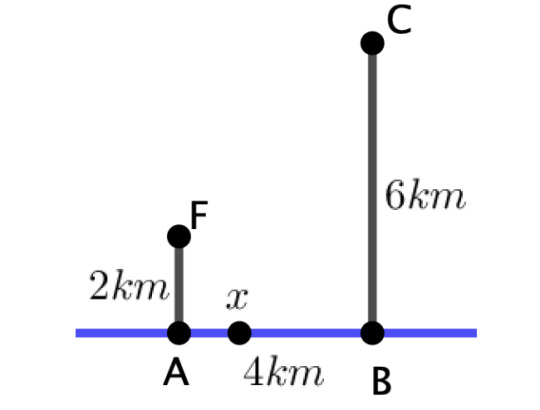
View On WordPress
0 notes
Text
Getting a 7 in IB Maths Coursework
Getting a 7 in IB Maths Coursework
Are you a current IB student or IB teacher?
Do you want to learn the tips and tricks to produce excellent Mathematics coursework?
Gain the inside track on what makes a good coursework piece from an IB Maths Examiner as you learn all the skills necessary to produce something outstanding. This course is written for current IB Mathematics students. It is also…

View On WordPress
0 notes
Text
Lissajous Curves: Roller Coasters
Roller Coaster design
This post continues from the previous post on Lissajous Curves. Make sure to read that one first!
We can design a rollercoaster track by using the following Lissajous Curve:
This gives the following graph:
Ground level is given by the line y = −50. Distances are in metres and t is measured in seconds. Customers ride an elevator to the starting point (0,50) where the ride…

View On WordPress
0 notes
Text
AI Masters Olympiad Geometry
AI Masters Olympiad Geometry
The team behind Google’s Deep Mind have just released details of a new AI system: AlphaGeometry This has been specifically trained to solve classical geometry problems – and already is now at the level of a Gold Medalist at the International Olympiad (considering only geometry problems). This is an incredible achievement – as in order to solve classical geometry…

View On WordPress
0 notes
Text
Lissajous Curves
Lissajous Curves
Lissajous Curves were explored by French Physicist Jules Lissajous in the 1850s. The picture above (Wikimedia Commons) shows him investigating Lissajous curves through a telescope.
Lissajous curves include those which can be written in the form:
This parametric form allows us to represent complicated curves which are difficult to write in terms of x and y only.
A simple…

View On WordPress
0 notes
Text
Using matrices to make fractals
Using matrices to make fractals
We start with a triangle ABC, with coordinates 𝐴(0,0) , 𝐵(1,0) , 𝐶( 0,1) as shown above. We can this triangle F_0 and we then write this as the following matrix:
We then have the following algorithm to generate the next triangle F_1.
In effect this means that the triangle F_1 is made by combining the coordinates from F_1a, F_1b and F_1c. So we now need to know…
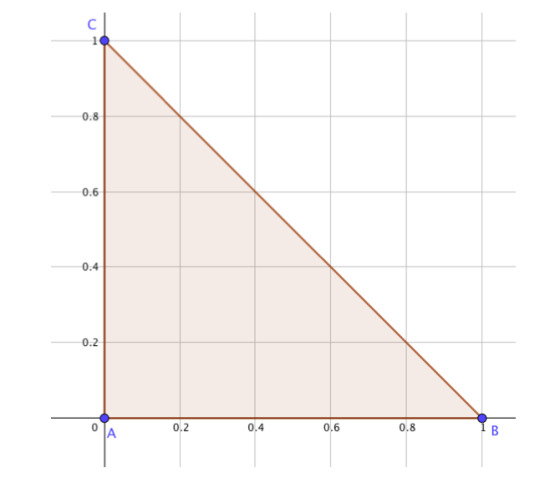
View On WordPress
0 notes
Text
Chi Square: Language Recognition II
Chi Square: Language Recognition II
I thought I would build on the last post by making a simple spreadsheet that can then easily show which language is being used. I chose the groupings of letters such that as long as there are at least 1000 letters in the text it will satisfy the Chi square condition of no expected values less than 1 and no more than 20% of expected values less than 5.
Data
I…

View On WordPress
0 notes
Text
Google Page Rank: Trillion dollar maths
Google Page Rank: Billion dollar maths
In the early 1990s search engines used to be text based – and would rank pages based on how many times a key word appeared. But this did not discriminate between useful pages and less useful pages. Larry Page and Segei Brin used some maths to come up with an alternative method of ranking pages and made a trillion dollar company!
Let’s see the basis of…

View On WordPress
0 notes
Text
Ladybirds vs Aphids
Ladybirds vs Aphids
At t=0 we have a ladybird on the edge of a leaf at point A(0,10) in cm, and an aphid at point B(0,10). The ladybird is in pursuit of the aphid. In each time interval of 1 second the ladybird travels 1cm by heading towards the aphid following the shortest straight-line path. However during this time interval the aphid moves 1cm along the branch in the positive x…
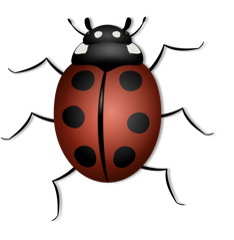
View On WordPress
0 notes
Text
The Holy Grail of Maths: Langlands. (specialization vs generalization).
This year’s TOK question for Mathematics is the following:
“How can we reconcile the opposing demands for specialization and generalization in the production of knowledge? Discuss with reference to mathematics and one other area of knowledge”
This is a nice chance to discuss the Langlands program which was recently covered in a really excellent Numberphile video.
image by Bjorn Oberg for Quanta…
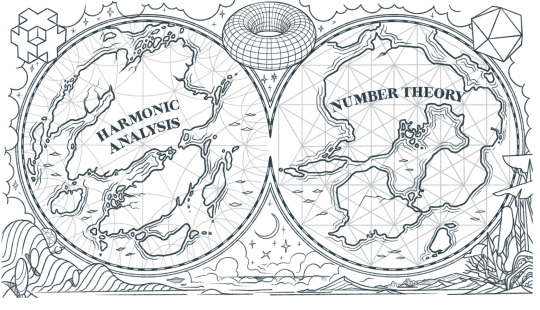
View On WordPress
0 notes
Text
Winning at Snakes and Ladders
Winning at Snakes and Ladders
The fantastic Marcus de Sautoy has just made a video on how to use Markov chains to work out how long it will take to win at Snakes and Ladders. This uses a different method to those I’ve explored before (Playing Games with Markov Chains) so it’s well worth looking at in more detail.
The game
This simplified version of Snakes and Ladders will have 9 squares, one…

View On WordPress
1 note
·
View note
Text
Chi Square: Language Detection + Code Breaking
Chi Square: Language Detection + Code Breaking
We can use the power of maths to allow computers to accurately recognise which language someone is writing in – even without needing to have understanding of any language at all. How? With the Chi Square goodness of fit test. Every language in the world has its own unique distribution of letter frequencies – in English E is the most commonly used…

View On WordPress
0 notes
Text
Roll or bust? A strategy for dice games
Roll or bust? A strategy for dice games
Let’s explore some strategies for getting the best outcome for some dice games.
Game 1: 1 dice, bust on 1.
We roll 1 dice. However we can roll as many times as we like and add the score each time. We can choose to stop when we want. However If we roll a 1 at anytime then we are bust, lose all out points and the game is over.
What is the best strategy for…
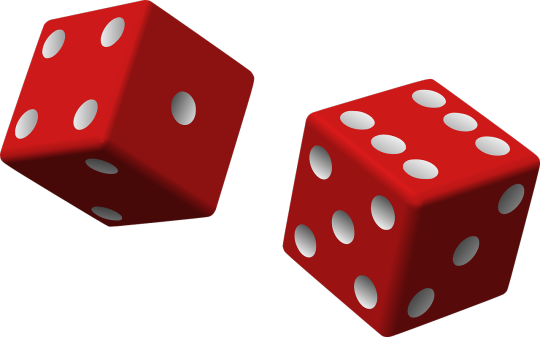
View On WordPress
0 notes
Text
Cooling Curves: Dead bodies and fridges
Cooling Curves: Dead bodies and fridges
All the maths behind this fits for cooling bodies – whether objects placed in fridges or dead bodies cooling over time – and this idea is used in CSI investigations to work out the time of death of bodies. I will do this investigation with a Microbit – which allows you to log data on temperature. You can see the program needed here: Environmental Data…

View On WordPress
0 notes
Text
The Monty Hall Problem - Extended!
A brief summary of the Monty Hall problem.
There are 3 doors. Behind 2 doors are goats and behind 1 door is a car. You choose a door at random. The host then opens another door to reveal a goat. Should you stick with your original choice or swap to the other unopened door?
A good IA?
This is a reasonably predictable IA topic – which whilst not especially original, can offer some…
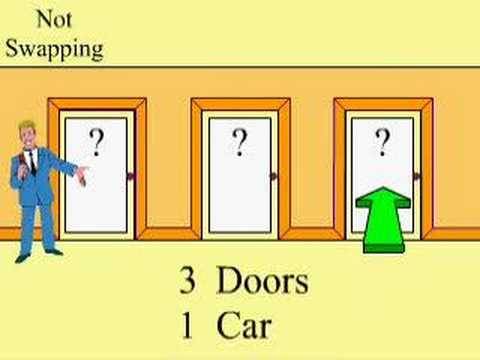
View On WordPress
0 notes